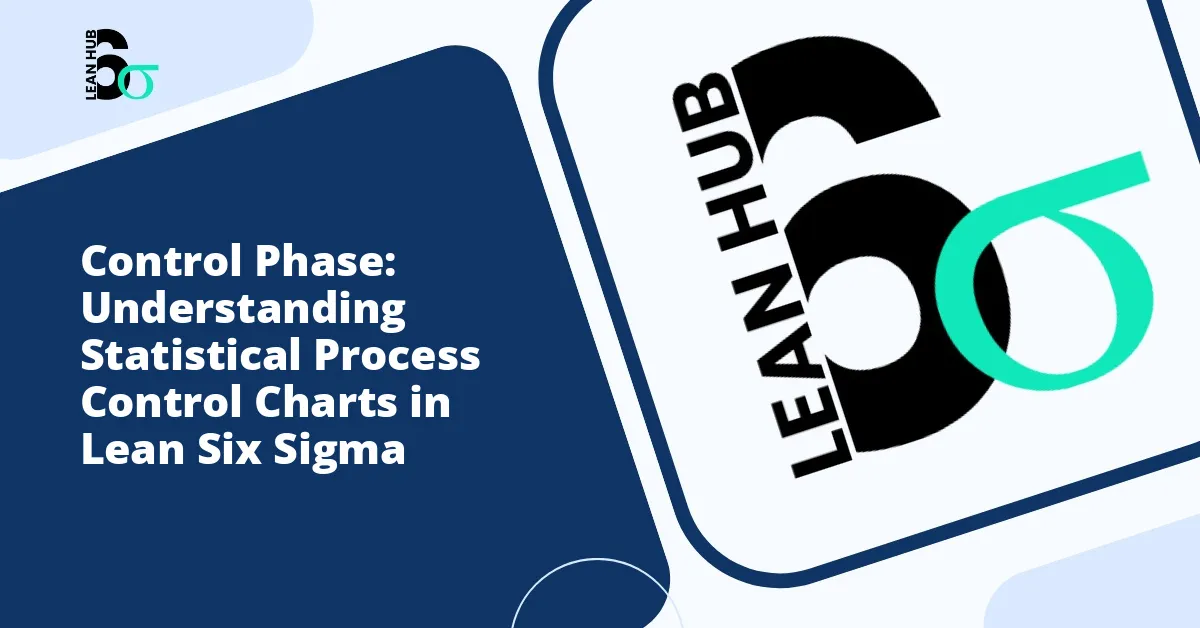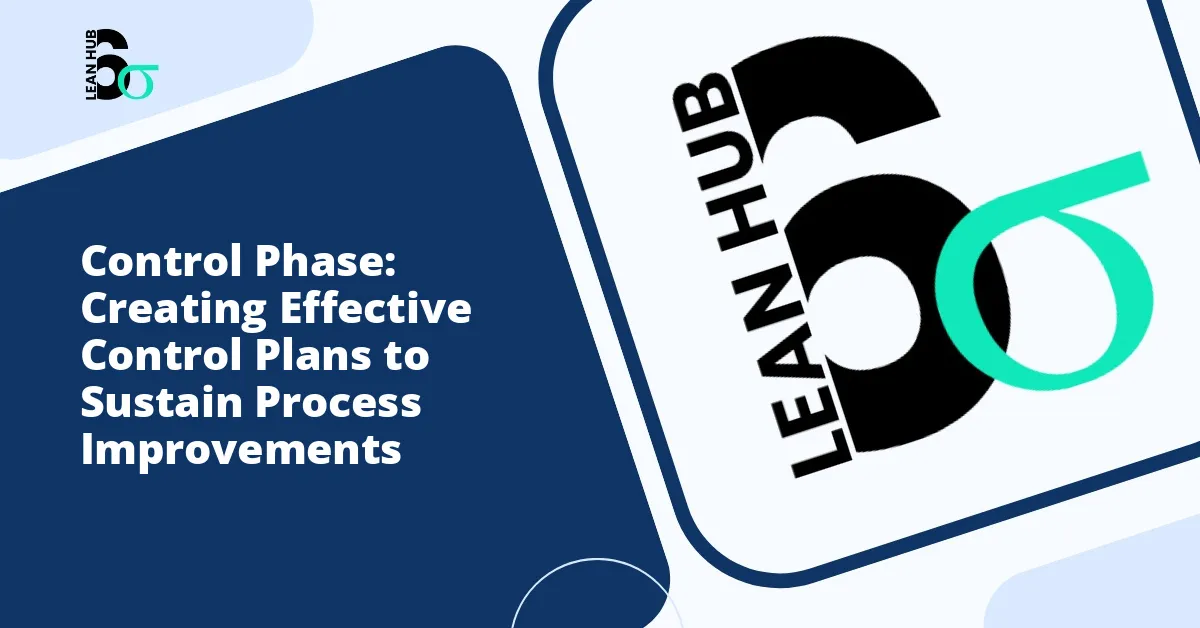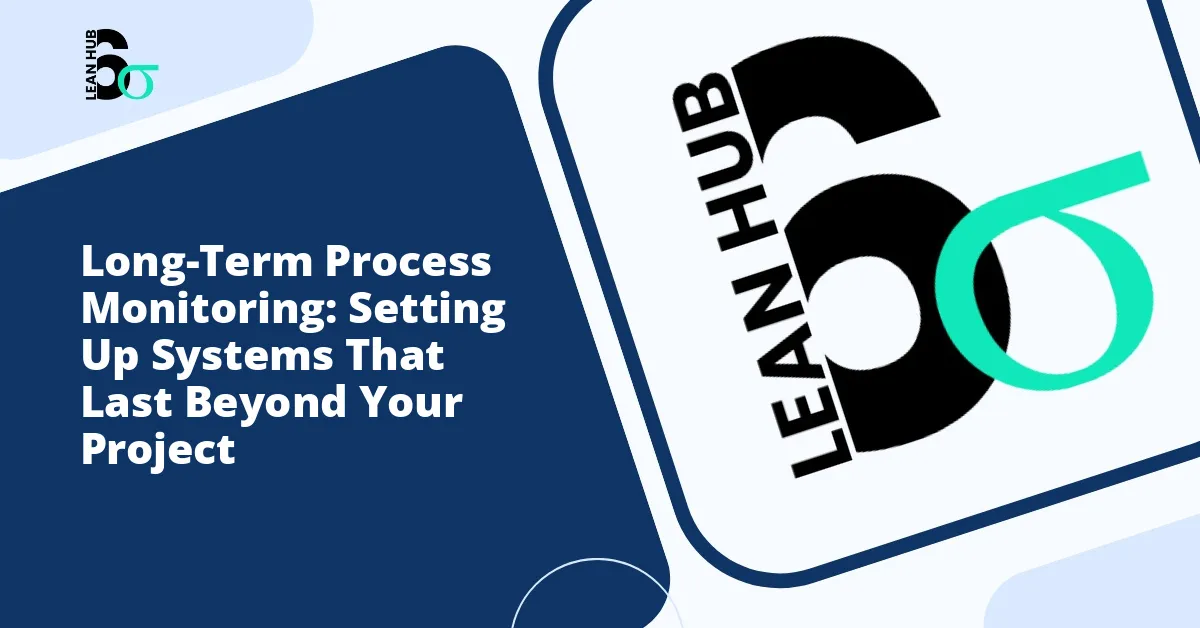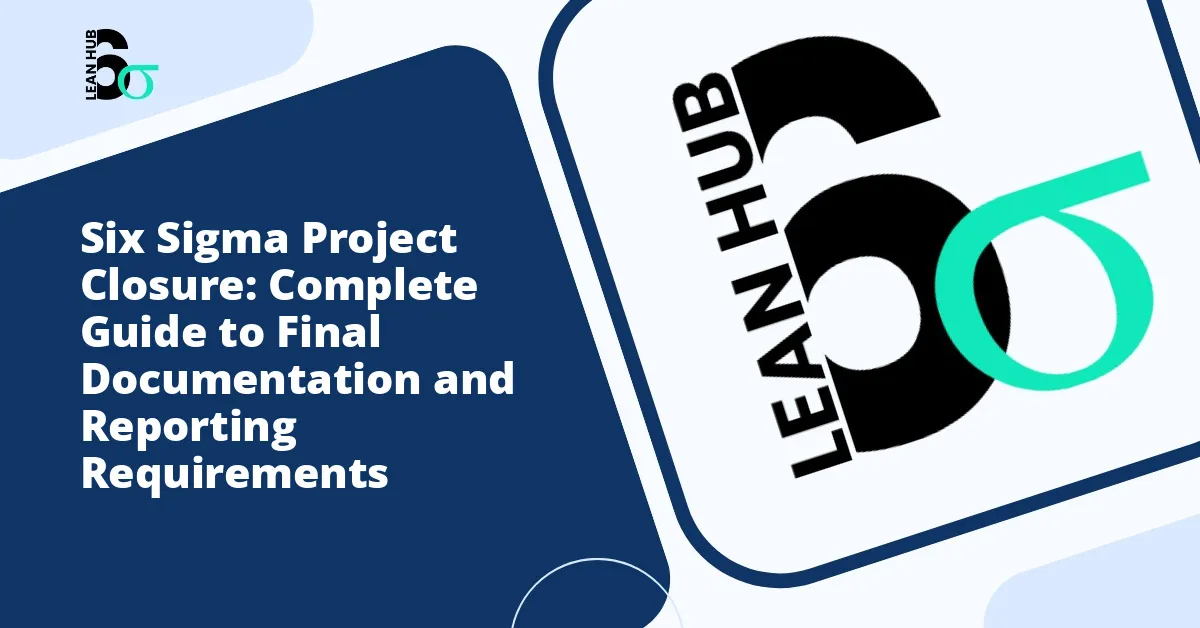In the dynamic landscape of project management and organizational development, the ability to learn from past experiences stands as a cornerstone of continuous improvement. Lessons learned documentation serves as a critical knowledge management tool that enables organizations to capture, preserve, and transfer valuable insights from completed projects to future endeavors. This systematic approach to knowledge retention not only prevents the repetition of mistakes but also amplifies successful strategies across the organization.
Understanding the Value of Lessons Learned Documentation
Lessons learned documentation represents a structured method of recording both successes and failures throughout a project lifecycle. This practice transforms individual and team experiences into organizational assets that can be leveraged for years to come. When properly implemented, these documented insights become a repository of institutional knowledge that transcends personnel changes and departmental boundaries. You might also enjoy reading about Benefits Realization Tracking: Proving ROI After Project Completion.
The primary objective of capturing lessons learned extends beyond simple record-keeping. It involves creating a living database of practical wisdom that informs decision-making, streamlines processes, and enhances project outcomes. Organizations that prioritize this documentation practice demonstrate a commitment to learning and adaptation, essential qualities in competitive business environments. You might also enjoy reading about How to Calculate Control Limits for Your Process Metrics: A Complete Guide.
The Role of Lean Six Sigma in Knowledge Capture
The lean six sigma methodology provides an excellent framework for lessons learned documentation. This data-driven approach to process improvement emphasizes the systematic collection and analysis of information to drive organizational excellence. Within the lean six sigma framework, lessons learned documentation aligns perfectly with the continuous improvement philosophy that underpins the methodology. You might also enjoy reading about Sustainability Strategies: How to Keep Your Process Improvements from Sliding Back.
When organizations integrate lessons learned practices with lean six sigma principles, they create a powerful synergy. The DMAIC cycle (Define, Measure, Analyze, Improve, Control) naturally incorporates opportunities for reflection and knowledge capture at each phase. This structured approach ensures that insights are not only documented but also analyzed for their potential impact on future process improvements.
The Recognize Phase: Identifying Valuable Insights
The recognize phase represents a critical first step in effective lessons learned documentation. During this stage, project teams must actively identify which experiences, outcomes, and observations warrant formal documentation. Not every project event requires recording, but teams must develop the discernment to recognize truly valuable insights that can benefit future initiatives.
The recognize phase involves several key activities. Team members must maintain awareness throughout the project lifecycle, noting significant challenges, unexpected successes, innovative solutions, and process deviations. This requires creating a culture where team members feel empowered to speak up about their observations without fear of criticism or retribution.
Effective recognition of valuable lessons depends on asking the right questions. What worked exceptionally well? What obstacles did we encounter? How did we adapt our approach? What would we do differently next time? These inquiries help teams identify insights that deserve documentation and deeper analysis.
Essential Components of Effective Lessons Learned Documentation
Creating meaningful lessons learned documentation requires attention to several critical components that ensure the information remains useful and accessible to future project teams.
Clarity and Specificity
Documentation must provide clear, specific details about the situation, action, and outcome. Vague statements offer little value to future teams attempting to apply the lessons to their own projects. Each documented lesson should include sufficient context to understand the circumstances, the decisions made, and the resulting consequences.
Actionable Recommendations
The most valuable lessons learned documentation includes concrete recommendations for future projects. Rather than simply noting that a particular approach failed, effective documentation explains why it failed and suggests alternative strategies. This forward-looking perspective transforms past experiences into practical guidance for upcoming initiatives.
Categorization and Searchability
Organizations should implement a consistent categorization system that enables easy retrieval of relevant lessons. Categories might include project phase, functional area, risk type, or industry-specific classifications. A well-organized system ensures that valuable insights do not become buried in an overwhelming database of information.
Evidence and Data Support
Whenever possible, lessons learned should be supported by quantifiable data and evidence. Metrics, timelines, cost figures, and performance indicators provide credibility and help future teams understand the magnitude of impact associated with particular decisions or approaches.
Best Practices for Capturing Knowledge
Organizations that excel at lessons learned documentation typically employ several best practices that maximize the value of their knowledge capture efforts.
Regular Documentation Intervals
Rather than waiting until project completion to document lessons learned, successful organizations capture insights throughout the project lifecycle. Regular reflection sessions at key milestones ensure that important details are recorded while they remain fresh in team members’ minds. This ongoing approach prevents the loss of valuable information that might be forgotten by project end.
Inclusive Participation
Effective lessons learned documentation requires input from all project stakeholders, not just project managers or senior leaders. Team members at every level often possess unique perspectives and insights that contribute to a comprehensive understanding of project outcomes. Creating inclusive forums for knowledge sharing ensures diverse viewpoints are captured.
Balanced Perspective
Organizations should document both positive and negative lessons with equal attention. While it may feel more comfortable to focus on successes, understanding what went wrong and why provides equally valuable information for future projects. A balanced approach creates a realistic picture of project challenges and opportunities.
Leadership Support and Cultural Commitment
Sustainable lessons learned practices require visible support from organizational leadership. When leaders actively participate in knowledge capture activities, allocate time for reflection, and demonstrate how documented lessons influence future decisions, they reinforce the importance of this practice throughout the organization.
Overcoming Common Challenges
Despite the clear benefits of lessons learned documentation, many organizations struggle with consistent implementation. Understanding common obstacles helps organizations develop strategies to overcome them.
Time constraints often emerge as a primary challenge. Project teams focused on deliverables and deadlines may view documentation as an additional burden rather than a valuable investment. Organizations can address this challenge by integrating lessons learned activities into project timelines and making them a standard deliverable rather than an optional extra.
Another significant challenge involves creating psychological safety for honest reflection. Team members may hesitate to document failures or mistakes, particularly in organizations with punitive cultures. Leaders must establish that lessons learned documentation serves improvement purposes, not blame assignment, to encourage candid participation.
Implementing a Sustainable Documentation System
Creating an effective lessons learned documentation system requires thoughtful implementation that considers both technological tools and human processes. Organizations should select platforms that facilitate easy entry, organization, and retrieval of information while remaining user-friendly for all team members.
The system should include standardized templates that guide contributors through the documentation process while maintaining flexibility for unique project circumstances. Regular reviews of documented lessons ensure the database remains current and relevant, with outdated information archived appropriately.
Measuring the Impact of Lessons Learned
Organizations should establish metrics to evaluate the effectiveness of their lessons learned documentation practices. These might include the number of documented lessons, frequency of database access, instances where past lessons influenced project decisions, or measurable improvements in project outcomes over time. These metrics demonstrate the value of knowledge capture efforts and justify continued investment in the practice.
Conclusion
Lessons learned documentation represents a powerful tool for organizational learning and continuous improvement. By systematically capturing knowledge from completed projects, organizations build institutional wisdom that enhances future project success. When integrated with methodologies like lean six sigma and supported by practices that emphasize the recognize phase, lessons learned documentation transforms individual experiences into collective organizational assets. As businesses navigate increasingly complex project environments, the ability to learn from the past and apply those insights to the future becomes not just advantageous but essential for sustained success.








